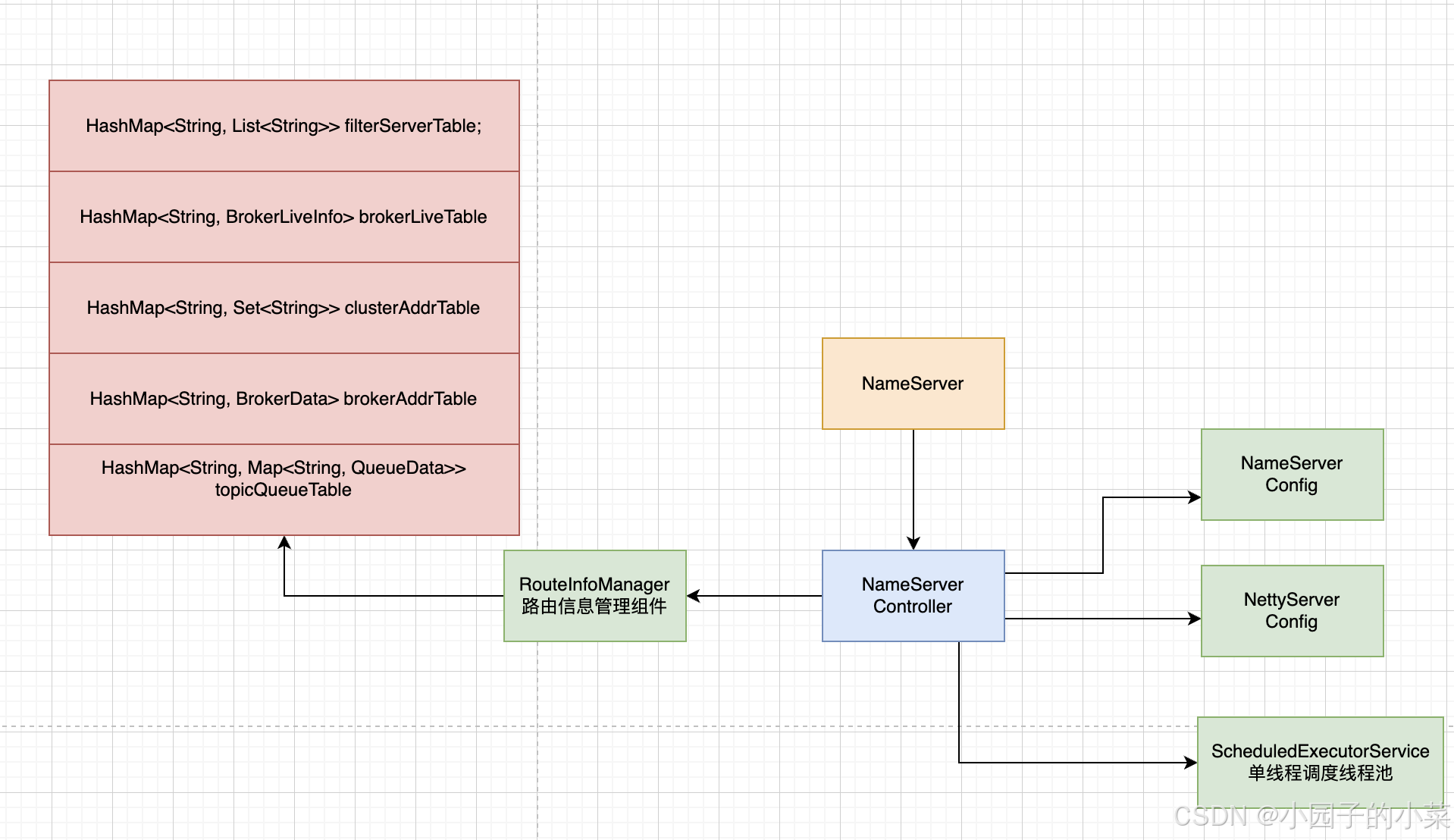目录
- 前置知识
- 进入正题
- 小试牛刀
- 实战演练
- 总结
前置知识
进入正题
组合https://leetcode.cn/problems/combinations/submissions/596357179/
给定两个整数 n 和 k,返回范围 [1, n] 中所有可能的 k 个数的组合。
你可以按 任何顺序 返回答案。
示例 1:
输入:n = 4, k = 2
输出:
[ [2,4], [3,4], [2,3], [1,2], [1,3], [1,4],]
示例 2:
输入:n = 1, k = 1
输出:[[1]]
提示:
1 <= n <= 20
1 <= k <= n
思路:
回溯思路(选或不选 / 枚举选哪个)
剪枝(选不满k个就停止递归)
code1:
python">class Solution:
def combine(self, n: int, k: int) -> List[List[int]]:
ans = []
path = []
def dfs(i):
# 剪枝
if n - i + 1 + len(path) < k:
return
if len(path) == k:
ans.append(path.copy())
return
# 不选
dfs(i + 1)
# 选
path.append(i)
dfs(i + 1)
path.pop()
dfs(1)
return ans
code2:
python">class Solution:
def combine(self, n: int, k: int) -> List[List[int]]:
ans = []
path = []
def dfs(i):
# 剪枝
if n - i + 1 + len(path) < k:
return
if len(path) == k:
ans.append(path.copy())
return
# 枚举选哪个
for j in range(i, n + 1):
path.append(j)
dfs(j + 1)
path.pop()
dfs(1)
return ans
小试牛刀
组合总和Ⅲ https://leetcode.cn/problems/combination-sum-iii/description/
找出所有相加之和为 n 的 k 个数的组合,且满足下列条件:
1.只使用数字1到9
2.每个数字 最多使用一次
返回 所有可能的有效组合的列表 。该列表不能包含相同的组合两次,组合可以以任何顺序返回。
示例 1:
输入: k = 3, n = 7
输出: [[1,2,4]]
解释:
1 + 2 + 4 = 7
没有其他符合的组合了。
示例 2:
输入: k = 3, n = 9
输出: [[1,2,6], [1,3,5], [2,3,4]]
解释:
1 + 2 + 6 = 9
1 + 3 + 5 = 9
2 + 3 + 4 = 9
没有其他符合的组合了。
示例 3:
输入: k = 4, n = 1
输出: []
解释: 不存在有效的组合。
在[1,9]范围内使用4个不同的数字,我们可以得到的最小和是1+2+3+4 = 10,因为10 > 1,没有有效的组合。
提示:
2 <= k <= 9
1 <= n <= 60
思路:
与上题一样的思路
回溯 + 剪枝
题解1:
python">class Solution:
def combinationSum3(self, k: int, n: int) -> List[List[int]]:
ans = []
path = []
def dfs(i):
# 剪枝
if len(path) + 10 - i < k:
return
if sum(path) > n:
return
if len(path) == k and sum(path) == n:
ans.append(path.copy())
return
# 选
path.append(i)
dfs(i + 1)
path.pop()
# 不选
dfs(i + 1)
dfs(1)
return ans
题解2:
python">class Solution:
def combinationSum3(self, k: int, n: int) -> List[List[int]]:
ans = []
path = []
def dfs(i):
# 剪枝
if len(path) + 10 - i < k:
return
if sum(path) > n:
return
if len(path) == k and sum(path) == n:
ans.append(path.copy())
return
# 枚举选哪个
for j in range(i, 10):
path.append(j)
dfs(j + 1)
path.pop()
dfs(1)
return ans
当然,我们可以在判断和是否为n时进行优化:
在dfs中传入target参数,每选一个数字 j 就把target减去 j
code:
python">class Solution:
def combinationSum3(self, k: int, n: int) -> List[List[int]]:
ans = []
path = []
def dfs(i, t):
if len(path) + 10 - i < k:
return
if t < 0:
return
if len(path) == k and t == 0:
ans.append(path.copy())
return
for j in range(i, 10):
path.append(j)
dfs(j + 1, t - j)
path.pop()
dfs(1, n)
return ans
实战演练
括号生成 https://leetcode.cn/problems/generate-parentheses/
数字 n 代表生成括号的对数,请你设计一个函数,用于能够生成所有可能的并且 有效的 括号组合。
示例 1:
输入:n = 3
输出:[“((()))”,“(()())”,“(())()”,“()(())”,“()()()”]
示例 2:
输入:n = 1
输出:[“()”]
提示:
1 <= n <= 8
思路:
将选理解为填左括号, 不选理解为填右括号
题解:
python">class Solution:
def generateParenthesis(self, n: int) -> List[str]:
ans = []
path = []
def dfs(i, left, right):
if i == 2 * n:
ans.append("".join(path))
return
# 左括号数量不能超过n
if left < n:
path.append("(")
dfs(i + 1, left + 1, right)
path.pop()
# 右括号数量不能超过左括号数量
if right < left:
path.append(")")
dfs(i + 1, left, right + 1)
path.pop()
dfs(0, 0, 0)
return ans
总结
END
如果有更多问题或需要进一步的帮助,可以在评论区留言讨论哦!
如果喜欢的话,请给博主点个关注 谢谢




![97,【5】buuctf web [极客大挑战 2020]Greatphp](https://i-blog.csdnimg.cn/direct/bf02989596fa483a90550d39524a3e68.png)